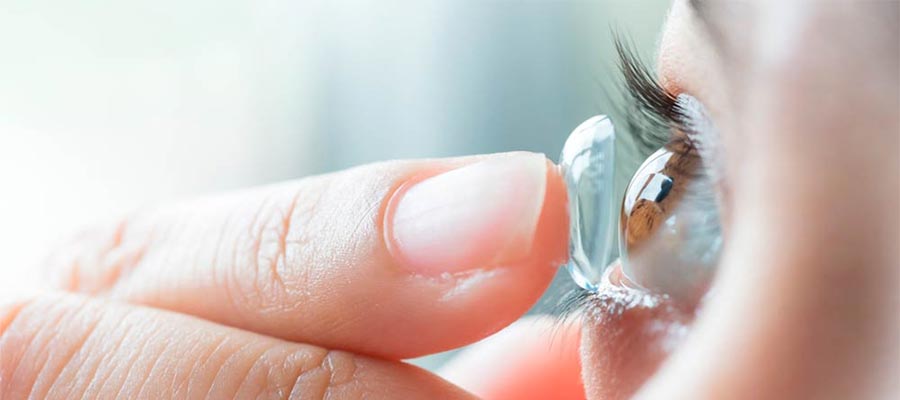Board Certified Optometrist Serving Kendale Lakes Florida
Are you searching for a board certified optometrist in or near Kendale Lakes, FL? Dr. Maria Briceno Martin at Lakes Eyecare Center would like to show you what it means to have an eye doctor that cares work for you
Are you looking for a top rated eye doctor in or near Kendale Lakes, Florida? If you are! There‘s a good chance that you will do what a lot of individuals in Kendale Lakes do! They go to Bing.Com in search of the best optometrist in Kendale Lakes. With that said it is crucial to point out that many polls show that internet users looking for Eye Doctor Ophthalmologist Near Me more often than not end up with an inferior service than those whose ask for referrals from friends. That is because today the majority of Kendale Lakes eye doctor rely Reputation Management companies to provide them with pay for reviews. One thing you cannot fake is credentials and that is what Dr. Maria Briceno Martin at LakesEyeCare.Com bring to the table. Families in both Broward and Miami-Dade come to see her because they expect getting nothing but the best a eye doctor in Kendale Lakes, Florida can offer. …and if you have not see an eye doctor as of late perhaps it is time you do so.
When Should You Have An Eye Exam
If you wish to make your eyes as healthy as possible, you will need to spend time and money in regular eye exams. Below, we shall go over some points that you need to consider when getting one; who you should see, and when it needs to be done. Here are some facts to consider.
- Individual Health History – Just about the most important things that you will want to consider when you are deciding if you should have an eye test and what kind of eye exam, will be your loved ones history. You want to add in your personal health history when you find yourself trying to puzzle out whether or not to obtain one because a great deal of eye conditions and diseases may be inherited through geneics. In case your family has a medical history of eye diseases, you are at increased risk too.
- Problems Seeing – If you are experiencing difficulty seeing, at day or night, you will have to get an eye test done. That way, it will be possible to understand what is causing your eyesight to get blurry. This is certainly something you need to be taking very seriously as it could become worst if left unattended.
- How Old You Are – The older you are, the greater the chances you are going to have some form of eye problems which should be resolved.While a lot more youngsters are discovering their eyesight failing whether because of the excessive hours spent on mobile devices or another reason, you are generally going to have to go to the eye doctor a lot more regularly as you age. People who are between 18 and 60 should have no less than one eye exam every couple of years. But, people who are 61 and older should have an annual eye test.
- Earlier Eye Injuries – Another huge point that you need to consider in terms of figuring out if it’s worth getting a test is if you have a background of eye injuries that could leave you vulnerable to eye degeneration.
Who Should You See?
There are actually different varieties of eye care professionals that you could choose from. Following, we will be laying out suggestions to finding out the person you should see.
- Optometrists – This eye doctor is usually who you ought to go to if you have relatively healthy vision and you just need simple corrections and modifications such as spectacles, contacts, etc. This type of eye doctor will be effective at treating eye diseases at the same time, nonetheless they might not normally be skilled or licensed to conduct surgery.
- Ophthalmologists – These are typically medical doctors specializing in explicit eye care and are licensed and taught to conduct eye surgery of a particular nature. They may also be better suited to take care of many types of eye diseases and conditions.
- Opticians – Opticians are not actually medical doctors. These are eye care experts who were taught to fitting glasses.
Overall, there is a lot you should be considering when you are looking to get your eyes checked out. Ideally, you want to get them examined routinely and periodically. Should you be someone who has a specific condition or you are at higher risk for a particular degenerative eye condition, you will want to increase your visits to be much more frequent. At the end of the day we only have one set of eyes and it is important that we take care of it. For additional info about how can an eye doctor help you please, check out at our blog where we talk about thing like Eyeglass Stores. And if you have not gone to see your Kendale Lakes optometrist lately give us a call. We will like to show you why families who seek the best eye doctor in Kendale Lakes are not satisfied with nothing but the best…


